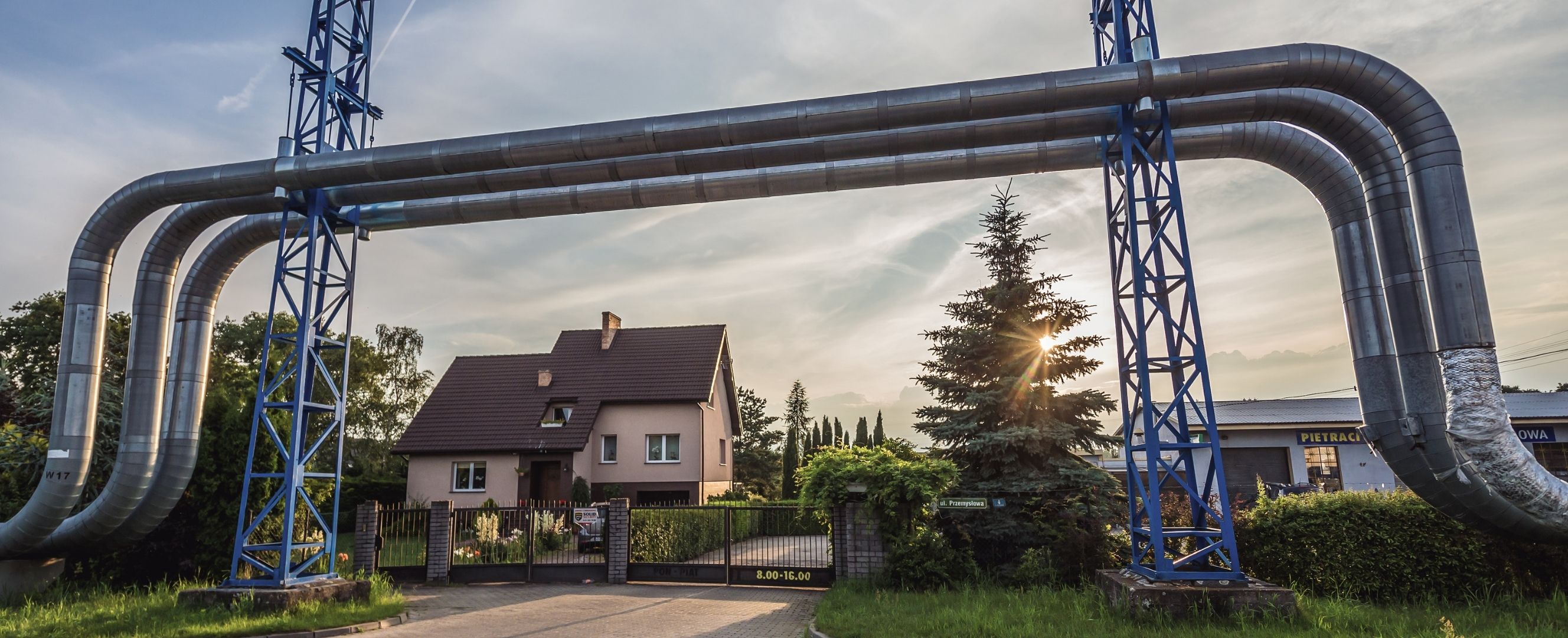Piotr Naimski explains Poland’s decision to pursue energy independence
As a student in Communist Poland, Piotr Naimski helped organize help for workers who had been fired or imprisoned for taking part in strikes and protests against the Soviet-backed regime. After the fall of Communism, he was among the few voices in Europe to warn against dependence on Russian natural gas. As head of the bureau of state security in the early 1990s, he conceived of a plan to find alternative sources of energy. That plan bore fruit in September 2022 with the inauguration of the Baltic Pipe linking Poland with Norway’s offshore natural gas fields—months after Russia stopped deliveries to Poland. Naimski, who holds a PhD in natural science, served most recently as government plenipotentiary for strategic energy infrastructure. He spoke with F&D’s Chris Wellisz in late August, as Moscow prepared to cut gas flows to western Europe in retaliation for sanctions punishing Russia for its invasion of Ukraine.
F&D: In 1991, when your government was elected, you decided that the country needed to free itself from dependence on Russian natural gas. How did that decision come about?
NAIMSKI: We entered office by the end of the year, and suddenly at the beginning of January, supplies of [Russian] gas started to be lower and lower. At that time, gas was already a substantial part of our energy supplies. We convened a special committee to evaluate which industrial installations should be cut off from our energy supplies in case of necessity.
The Russians at that time were very disorganized, because in December 1991, they had dissolved the Soviet Union. In Moscow, they kept telling us, “Don’t worry, this is only because of our organizational problems.” And by mid-January they resumed supplies.
But this was really a sign for us of what could happen in the future. At the time that Russians had decided about a certain new strategy for central European countries—which were going out of the Soviet sphere of influence—they decided on this plan to “replace tanks with pipelines.”
So we started to look for other solutions for diversification of the supplies.
F&D: After a few false starts and changes in government, in 2016 you started talks on the construction of the Baltic Pipe. How important is that for Poland’s energy security, and for Europe’s?
NAIMSKI: The Baltic Pipe will have 10 billion cubic meters of capacity per year. This is about half of Polish demand and will replace 100 percent of Russian deliveries. Together with an already operational LNG [liquefied natural gas] terminal and recently commissioned interconnectors with Lithuania and Slovakia, Poland will be free of Russia’s hostile gas maneuvers. This is especially important today, when Europe has to confront Russia’s weaponizing of hydrocarbon deliveries.
F&D: How serious is the energy crisis, and how long will it last?
NAIMSKI: The impact of this crisis, in my opinion, will be as deep as the impact of the crisis in the ’70s. It will take some time to introduce new plans, to commission new investments, to diversify not only gas supplies to Europe but energy policies in Europe. The crisis will be longer than just one winter. This will go for the next two, three years.
F&D: How quickly and to what extent can Poland free itself from dependence on coal, which generates about 70 percent of its electricity?
NAIMSKI: We still have coal as a necessity for the next 20, 30 years. But as we phase out coal, we need baseload production of energy just to balance renewables. Because renewables themselves are not enough.
We’ll be phasing out coal very carefully, still keeping in mind the security of energy supply. And also, I really believe that technologies connected with chemical processing of coal toward liquid fuels and toward others—that this will, with time, occur probably effectively.
F&D: Will Europe have to change its goal of net-zero carbon emissions by 2050?
NAIMSKI: The decarbonization strategy accepted on the EU level probably will be discussed once again. This is possible and probably necessary. They could introduce some amendments, and some commonsense approach should be added to this.
F&D: Is it possible to have a single energy strategy encompassing all of Europe?
NAIMSKI: Some practical approaches are necessary to accept differences in national strategies. Because the situation is different in Poland, and different in Germany, different in France. It’s not possible to have one plan for all European states.
It’s very clearly said, in the European treaties, that energy is the responsibility of the member states’ governments rather than European policies. But the European Commission tries to go beyond treaties. And this is the area where we will have hard discussions.
F&D: What is the outlook for nuclear energy in Poland?
NAIMSKI: We expect to have a first operational nuclear unit in Poland by 2033. In 20 years we would like to have six of them. And by the mid-’40s, we will have about a quarter of our energy from nuclear. Twenty-five percent of baseload production would allow us to include much more renewable energy in the mix.
F&D: Is there a political consensus in Poland in support of nuclear energy?
NAIMSKI: We do have very deep political divisions in Poland. But we don’t have a dispute over nuclear energy.
F&D: Do you see the goals of decarbonization and energy security as being compatible, or not?
NAIMSKI: It could be that the security of supplies will be on a necessary level and smoothly follow this decarbonization path. But it’s a question of tactics. We shouldn’t phase out coal too fast.
F&D: Most existing gas pipelines run east to west. You have talked often about the need for north-south pipelines. What is the rationale?
NAIMSKI: This is important because, if we want to really diversify our sources and means of transportation for central Europe, we have to construct transmission lines completely differently from what was executed by Russian—or Russia-dependent—institutions, governments, or economies.
This is why we are commissioning a pipeline interconnected between Poland and Slovakia. And the Slovaks, they have already interconnected with Hungary, and they have plans to finally complete a link with the Romanian system. And actually, this idea of linking Świnoujście [on Poland’s Baltic Coast] with Krk Island [on the coast of Croatia] was the basis for these north-south gas transmission strategies. The Baltic Pipe is part of this new possibility.
This interview has been edited for length and clarity.
Opinions expressed in articles and other materials are those of the authors; they do not necessarily reflect IMF policy.









